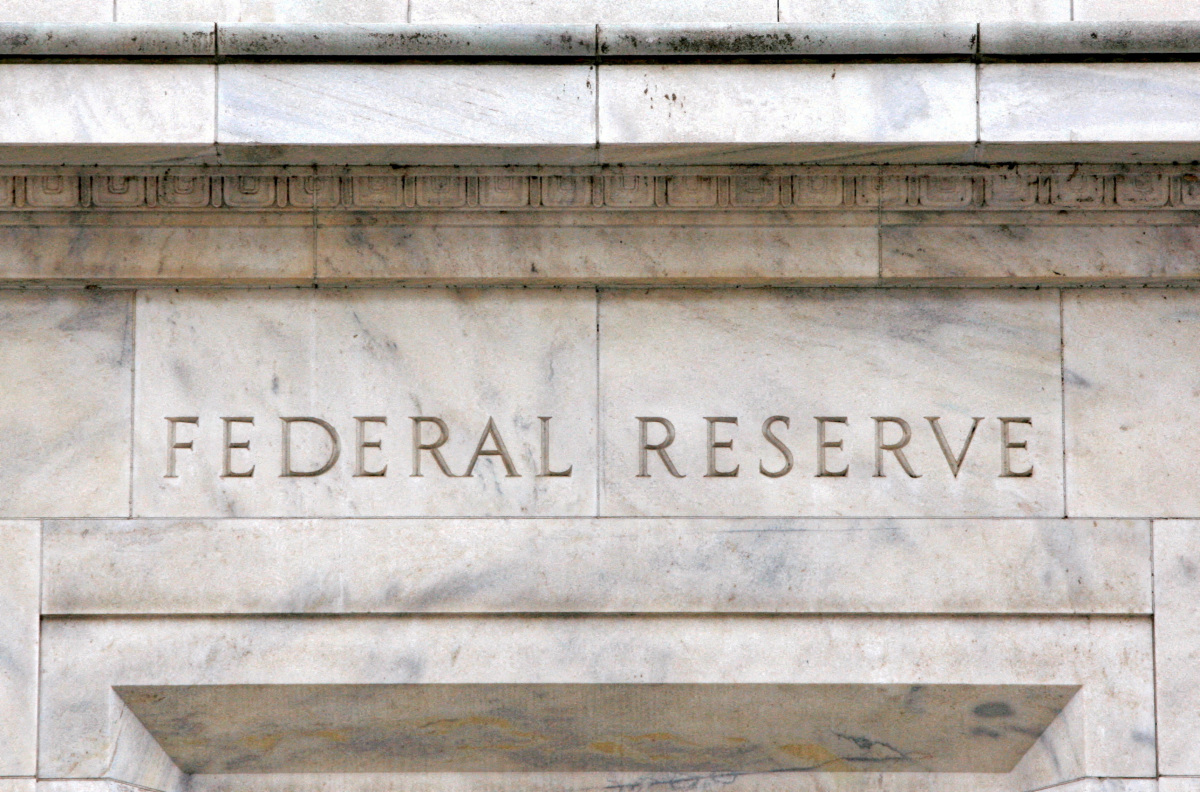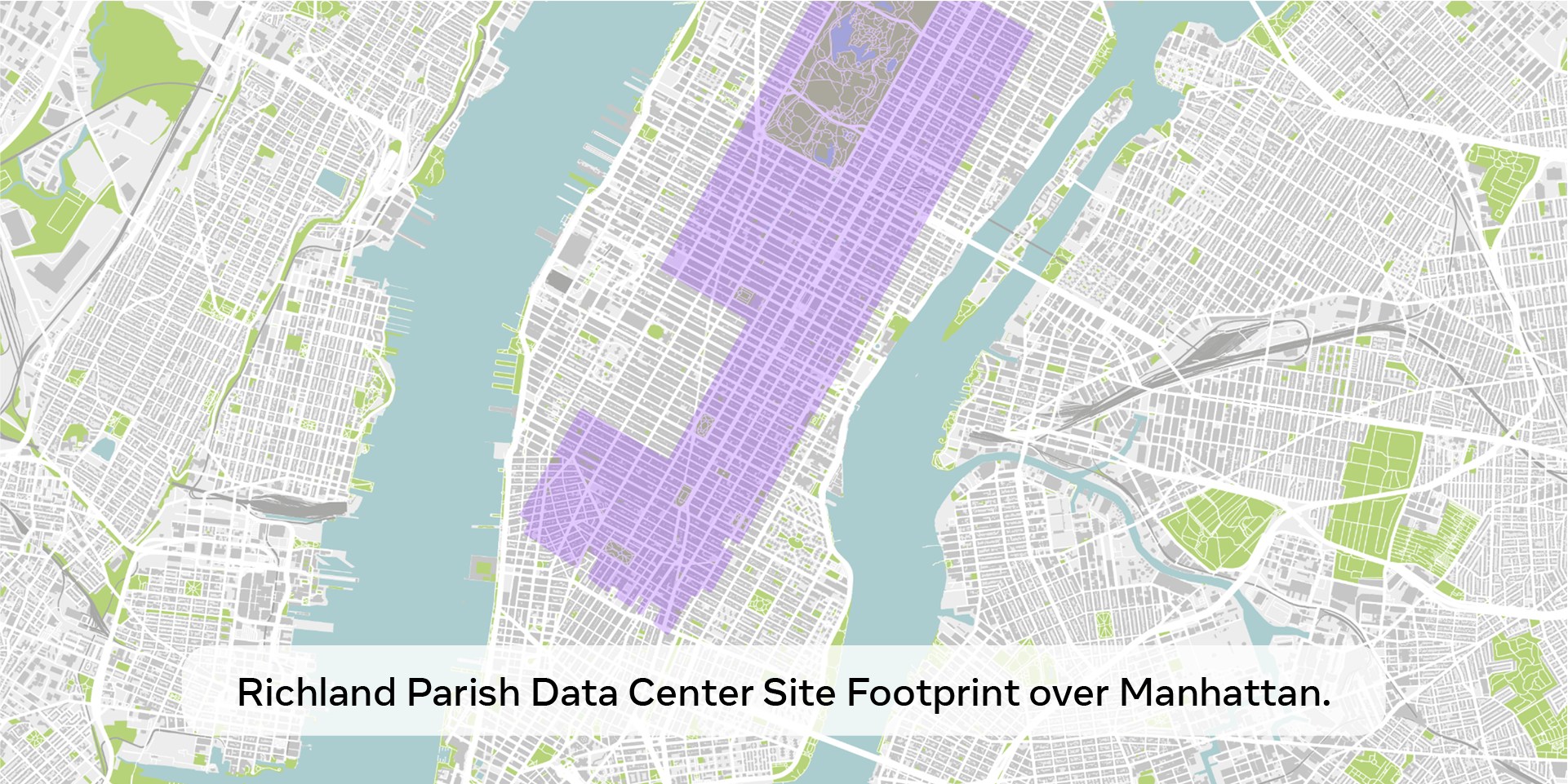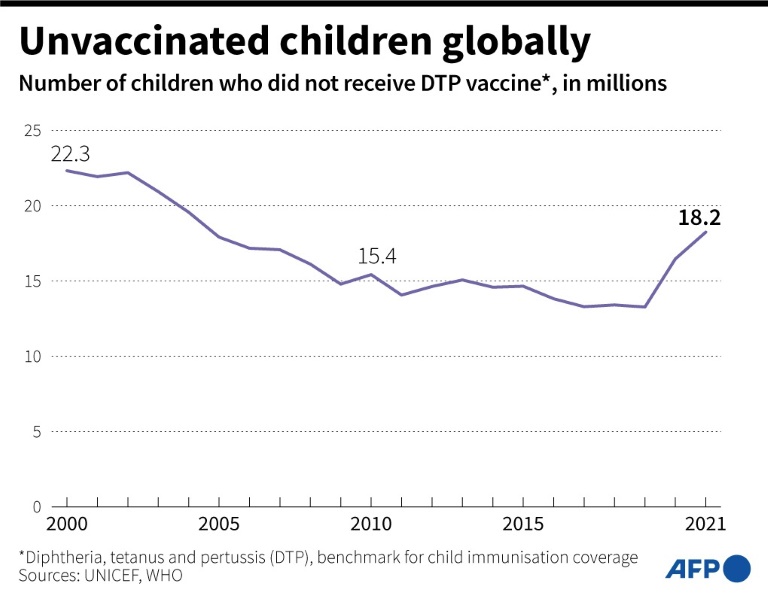Reuters
The U.S. Federal Reserve will deliver a final 25-basis-point interest rate increase in May and then hold rates steady for the rest of 2023, according to economists in a Reuters poll, which also showed a short and shallow recession this year was likely.
Worries about an economic downturn, which were also highlighted by the Fed at its March 21-22 policy meeting, and concerns about banking sector stress have encouraged markets to price in at least a 25-basis-point cut by the end of 2023.
But a rate cut looks less likely than higher rates in the face of inflation that is running well over twice the Fed’s 2% target, ongoing strength in the labor market and a significant easing in banking sector stress over the past few weeks.
U.S. two-year Treasury yields, which typically reflect near-term interest rate expectations, have soared nearly 75 basis points in the past month as still-strong data have reduced the prospect of rate cuts.
Nearly 90% – 94 of 105 – of the economists who participated in the latest Reuters poll, predicted the U.S. central bank would hike its key policy rate by 25 basis points to the 5.00%-5.25% range at a May 2-3 meeting, in line with market pricing.
Beyond that, 59 of 100 economists expected the Fed to keep its policy rate unchanged through at least this year. Only 26 respondents with an end-2023 view forecast a cut, similar to market expectations.
“On the data front, despite the slowdown in inflation in March, there is still a lot more work to be done to get back to the 2% target,” said Michael Gapen, chief U.S. economist at BofA Securities.
“We maintain the first rate cut in March 2024. Should the stresses in the financial system be reduced in short order, we cannot rule out that stronger macro data will lead the Fed to put in additional hikes beyond May.”
In an exclusive interview with Reuters this week, St. Louis Fed President James Bullard called for a much higher peak policy rate than currently expected, as inflation remains stubbornly high.
Inflation was not forecast to fall to the central bank’s target until at least 2025, and 26 of 35 respondents said the bigger risk was that it would be higher this year than they expected.
The unemployment rate was expected to rise from its current 3.5% level to 4.3% by the end of 2023 and average 4.5% in 2024, still historically low compared to previous recessions, keeping upward pressure on sticky price rises.
“If the labor market stays resilient and inflation stays persistent – as they do in our forecasts – the Fed is likely to hike not only in May but again in June and July,” said Andrew Hollenhorst, chief U.S. economist at Citi.
“Risks are two-sided, but we maintain our modal expectation for a terminal policy range of 5.50%-5.75%.”
But a recession might impede the Fed’s ability to take rates much higher, especially as much of the previous rate rises have not yet filtered into the economy.
Thirty-seven of 47 respondents to an additional question said there would be a U.S. recession in 2023, of which 31 said it would be short and shallow. Four said it would be long and shallow and two characterized it as deep.
The poll found a median 70% probability of a U.S. recession in the coming two years – a slight upgrade from the 65% last month, and forecast growth of only 1.1% and 0.8% this year and in 2024, respectively.
(For other stories from the Reuters global economic poll:)







